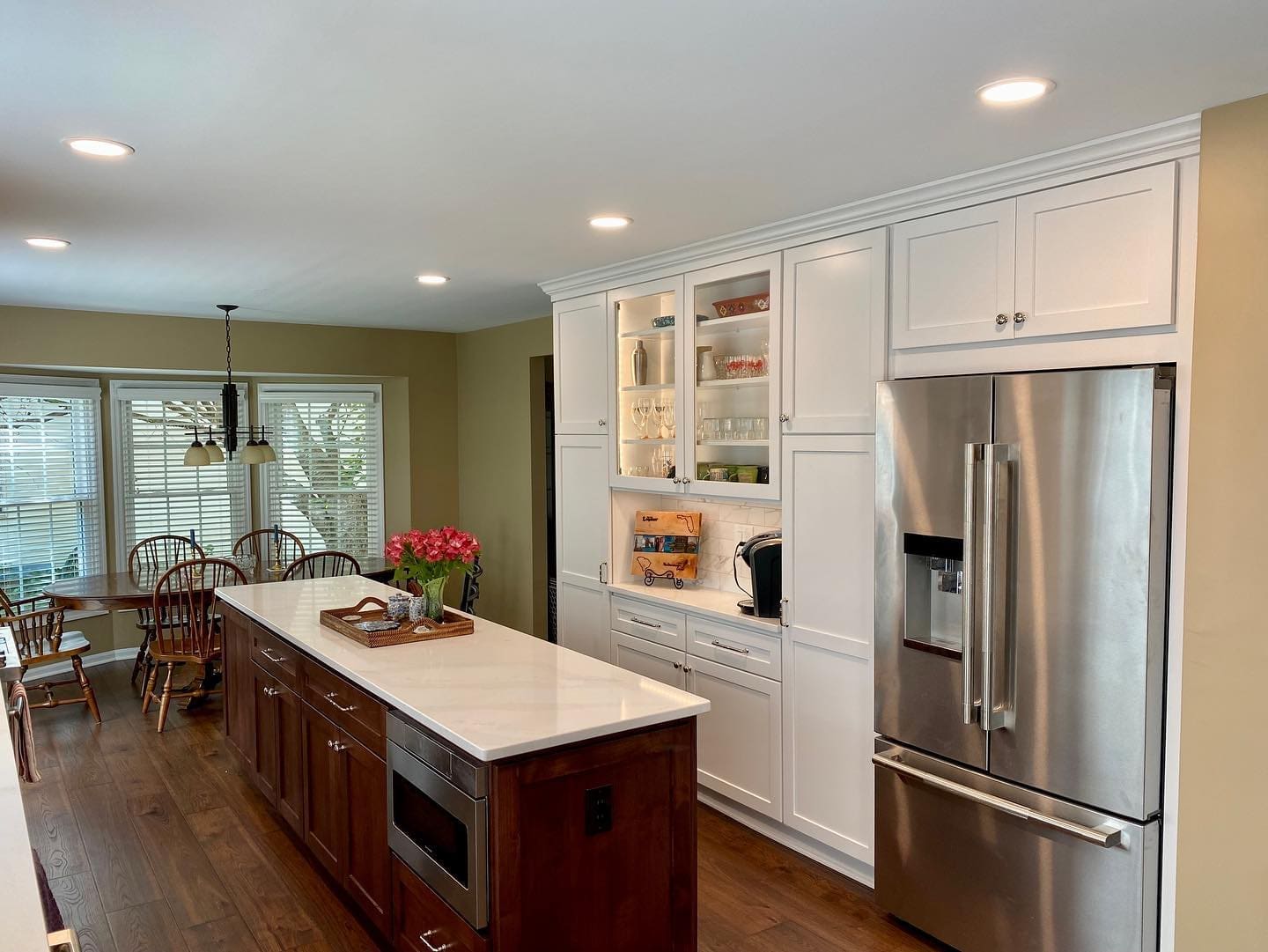The Administration Duties of Kitchen Remodel Planning
Although it would be handy to summon the ‘Genie in the Bottle’ and exhaust one of your three wishes, have your kitchen changed instantly and be done with it–that’s not reality. The reality is, that regardless of whether or not you’ve decided to accomplish the makeover yourself or have a host of professionals pull it off for you, there’s much to be done in the realm of administrative tasks. The key component to effective administration is, of course, sound and solid communications. Being the individual who’s handing the checks out, you possess the primary roles of consultant, project manager, and critic. Granted, the more professionals you happen to engage tends to lessen your roles and accountability; but remember, none of these professionals spend their nights inside an ornate bottle awaiting your beck-and-call. You are the key administrator to making this job go as planned.
The Permit Process for a Kitchen Remodel
The actual attainment of a building permit is usually pretty straightforward; and a single trip to the City Hall Building Official’s office is more typical than not. However, prior to securing the permit, you have to make sure you have the information you need, in hand, before you make this trip. If you’ve hired a General Contractor or a similar professional to occupy this title, they will likely obtain the permit on your behalf; but, you’re still not completely ‘off the hook’ for administrative information which will be needed to gain this permit.
The attainment of the permit, for the most part, will require the following: The gross dollar amount of the improvement; a framing diagram if structural changes will be made to the home; a mechanical diagram if any mechanicals are being added or grossly relocated; the name, address, license and insurance information of ALL contractors who are working independently (those whom you’ll be paying directly); and an approximate date of start and date of completion. The fee for the permit is based upon a percentile of the gross dollar amount of the improvement. It’s pretty important to be forthright on this information because there are ways to track the actual numbers; and, most likely, the project (if structural/mechanical changes are made) will have to be inspected by the building official–and he, or she, will have a fairly good idea if they have been duped by your calculations.
Keeping a File and a Journal for Your Kitchen Remodel
While this may seem to be a practice of excess it is more a practice of professionalism and accountability; and it’s a practice that could well serve you as you persevere through this renovation process. You have to remember that a kitchen remodeling project involves so many people: designers, sales people, contractors, etc. You will be engaging in conversations with these varied individuals over the course of months and, given your home may be in disarray, you may not be your sharpest. Keeping a log entry of conversations with these folks allows you to review, establish conversational benchmarks and have documentation as to all the ‘promises’ that have been put forth. It also serves to assist you in assessing and reassessing the timeline as well as the progress benchmarks that were expected.
Common in construction is a term called, ‘change orders’; and what these are is a ‘change’ or modification, whether requested by you or caused by environmental conditions, which signify a deviation from the original contract you had signed with any particular contractor. These deviations mean that, in order to make the modification as indicated, additional costs are incurred. Having a good filing and journal system permits you a terrific point of reference if such things need to be discussed.
It goes without saying that you’re going to want to keep all your product receipts, warranties, and sales slips; and all of these important documents should be stored in one cohesive file.







